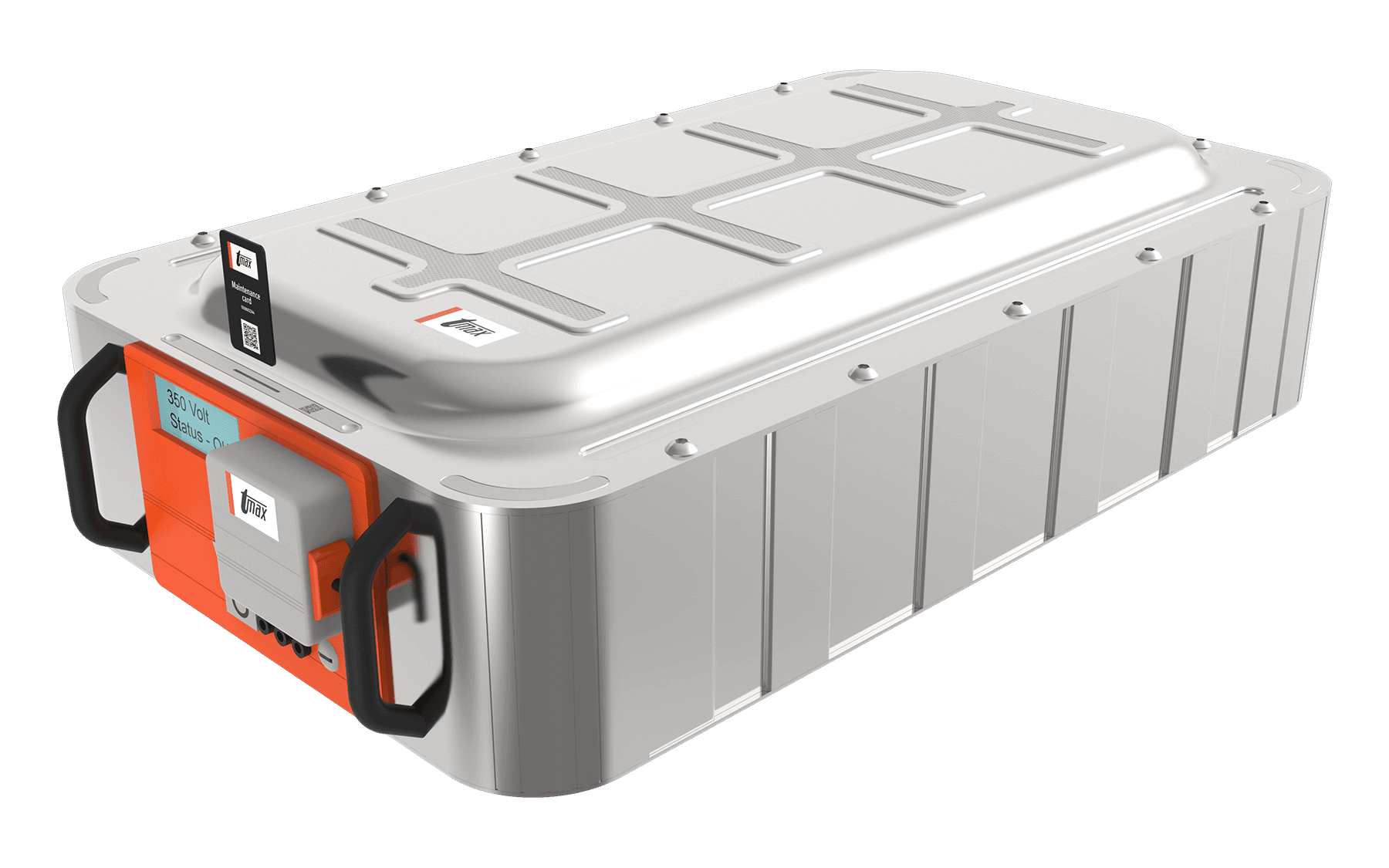High-temperature resistant battery housings for lithium-ion systems
Features
- Maximum safety in the event of an accident
- Patented tmax safety valve
- Improved range
- Longer lifecycle
- Longer evacuation time in the event of an accident
- Operational safety
All info at one glance. Download PDF now.
Maximum temperatures under control
Increased fire protection with tmax battery housing
Lithium-ion batteries can heat up to more than 1000 °C in the event of a failure. This overheating can lead to a fire. Safe enclosure of the powerful batteries by our battery housing helps to keep the temperature under control and ensure safety for both people and machine. Thanks to our many years of experience with high-temperature insulation, we can contribute to the operational reliability of battery systems.
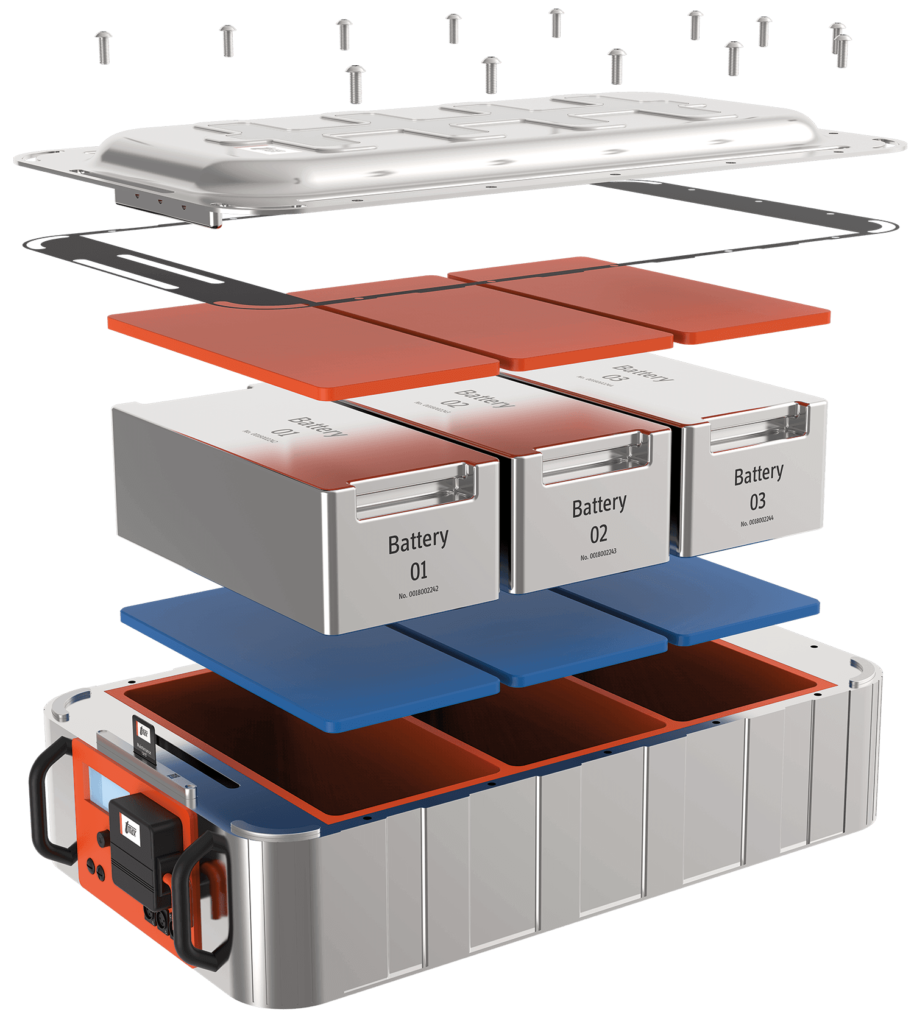
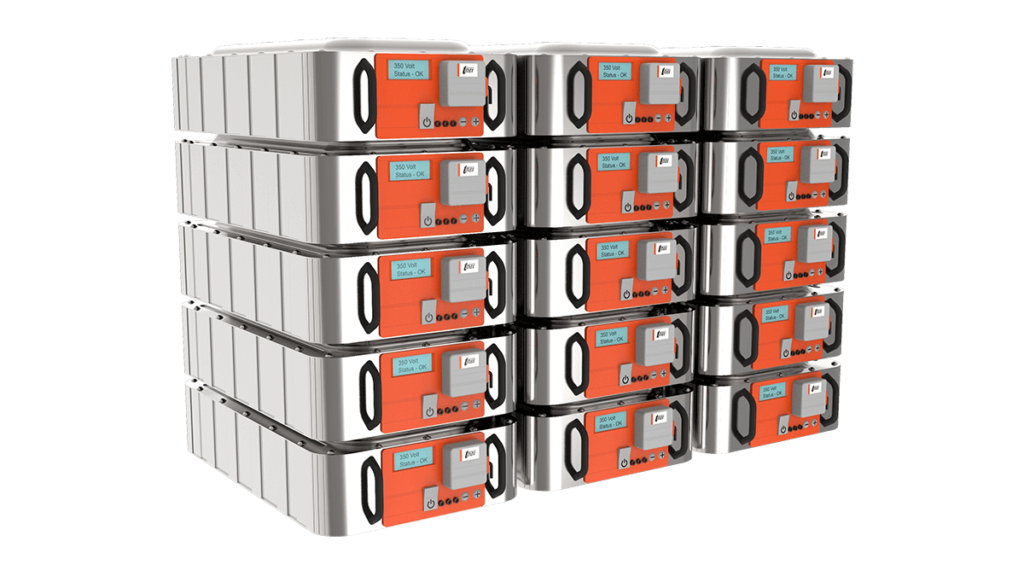
The operation of our high-temperature resistant battery housing
For fire protection of lithium-ion batteries, it is not enough to develop high-temperature insulation. Rather, the temperature must be permanently monitored.
The insulated housing reliably protects the battery from external influences such as water, extreme temperatures, dust, or vibrations. In the event of a sharp rise in pressure, the burst valve opens, preventing a possible explosion.
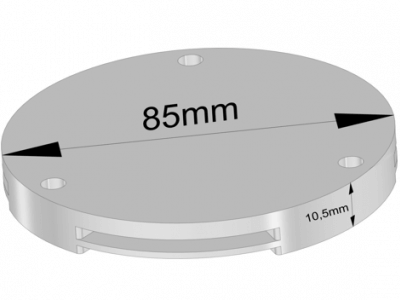
Patented safety valve for battery housing
The use of lithium-ion batteries is associated with high thermal risks. Therefore, general safety in the event of a fire plays an essential role in the development of battery housings. With the newly developed and patented pressure equalization, pressure overload valve (DAÜ valve), tmax provides increased fire protection if a so-called thermal breakthrough occurs. For example, in the event of a fire inside the enclosure, thus helping to minimize the thermal risk.
The proof – the tmax battery housing protects reliably
What does the tmax battery housing do?
In our simulation, the clear difference in temperature is evident.
Thermal simulation of a battery system


The simulations show the difference between a lithium-ion battery with and without a tmax battery housing.
During “thermal breakthrough”, the final temperature of the battery is over 1000 °C. The tmax battery housing protects the environment. At high outside temperatures, the tmax battery housing reliably protects against external influences, such as a fire on the underside of the lid.
Interior fire
Fire from the outside (under the housing)
Do you have any questions?
We have the right answers
A tmax battery housing consists of a stainless-steel housing that provides structural support between the components, batteries, and control components inside.
The DAÜ valve is scalable and features a compact design. It meets the protection class IP-67 and IP-6k9k. The metallic design ensures optimum EMC shielding and allows an optional connection for guided smoke degassing via a connected duct system. The use of a semi-permeable membrane compensates for the natural expansion of heat during charging and discharging of the battery and the atmospheric pressure variations of the environments.
The pressure overload function (bursting function) is realized by means of a bursting disc. When the pressure in the body becomes too high, the interaction between the diaphragm and the rupture disc allows the valve to open. This allows the pressurized gas to escape from the housing in a controlled manner. The labyrinthine design also ensures that in the event of a fire, the escape, or spread of flames is greatly reduced.

News
The use of lithium-ion batteries is associated with high thermal risks. Therefore, general safety in the event of fire plays an essential role in the development of battery enclosures.
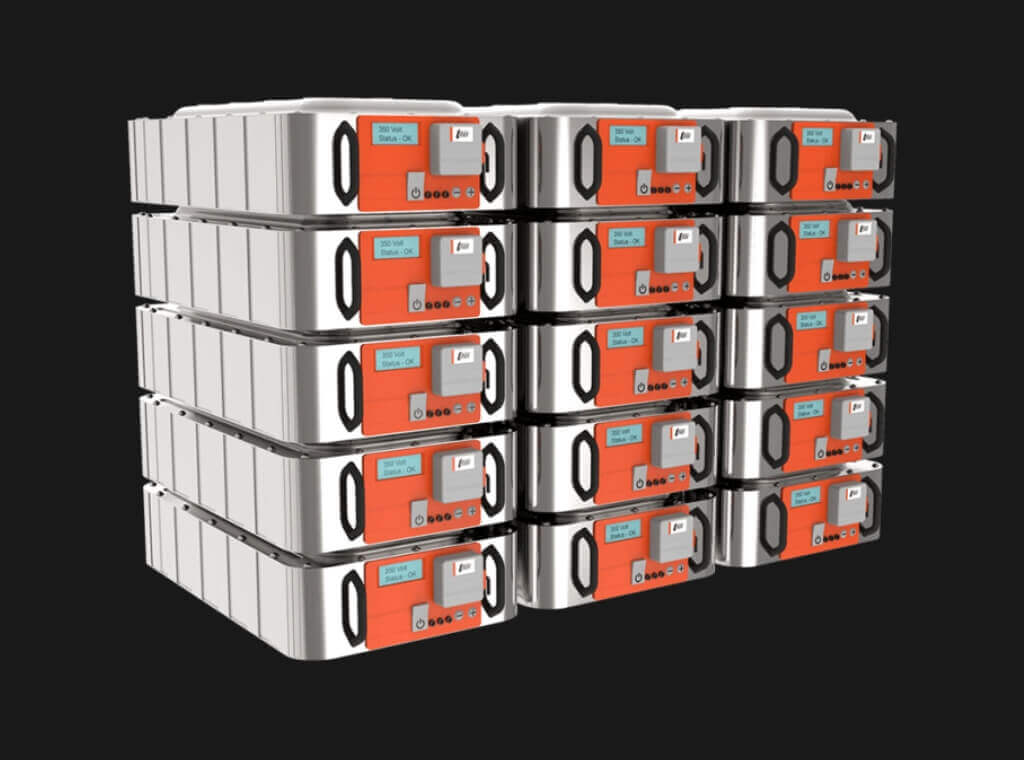
Blog
The electrification of drives with lithium-ion batteries is progressing continuously, which is why safety aspects are also becoming increasingly important. Everything you need to know about temperature-resistant battery cases.
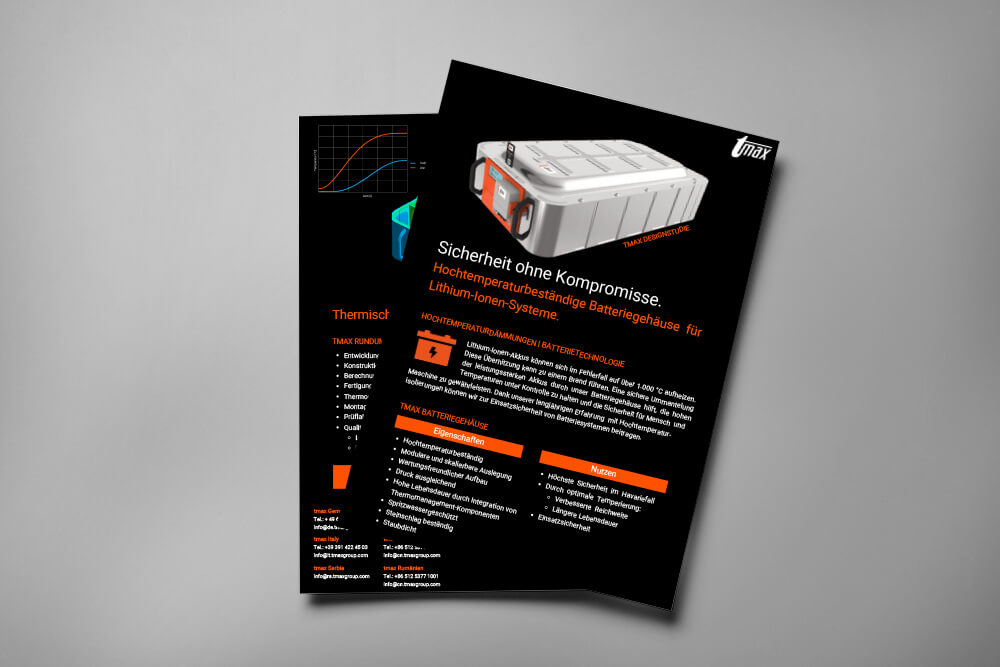
Download
All important information and exciting insights about the high-temperature resistant battery housing for lithium-ion systems at a glance. To read, share or print.

